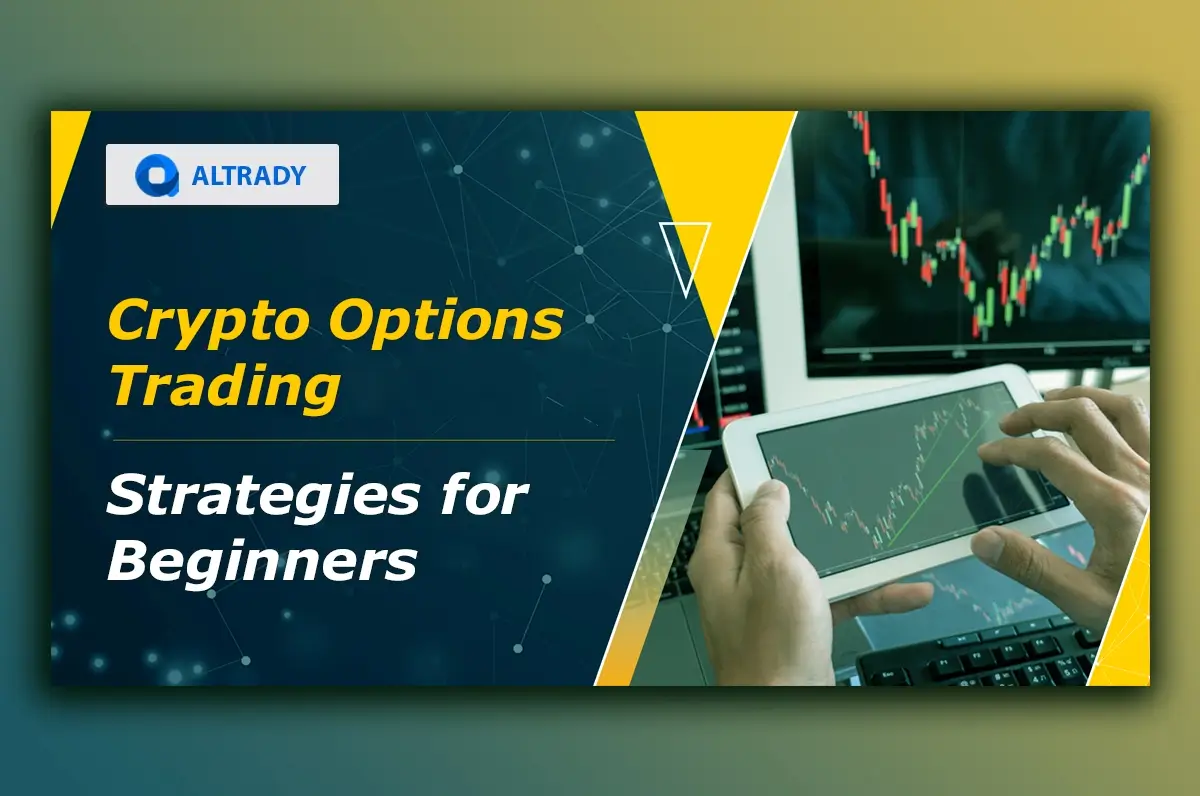Black Friday is loading…
Get 40% off with Altrady’s yearly plan and take the lead.
.svg)
.svg)
.svg)
.svg)
.svg)
.svg)
.svg)
.svg)
.svg)
.svg)
.svg)
.svg)

Traditionally, the options market allowed long-term investors and traders to offset their portfolios and positions opened in other forms of derivatives contracts like futures or while trading spot markets. Crypto options offer the same possibilities. These derivatives contracts give market participants the right but not the obligation to exercise a put or call option.

Essentially, options contracts are a type of long-term and mid-term speculative method, which traders and investors perceive as a relatively less risky procedure when compared to other trading methods.
The unique feature of being able to buy or sell without being obligated to do so often encourages traders to use option contracts as a strategic risk management tool.
The relevant point in this market is that options sellers (who write contracts) can offer put (down-side) and call (up-side) contracts, and buyers can purchase those contracts. That means buyers can go bearish and sellers can be bullish, or the first can be bullish and the second bearish.
The sophistication behind the curtains is they are trading rights but not obligations, which means a trader does not buy nor sell an asset directly as in the spot market, and neither must do so as in the futures market.
Let's define each contract type:
The dynamic of this market is that options sellers offer a kind of insurance ahead of the market volatility, which is why the premium price exists. In the end, options buyers purchase the possibility to buy or sell an asset upon contract expiry and the chance to dispense with it.
Between the initiation of a contract and the expiration date, the strike price nails the potential profit and loss that vary according to the premium price and a multiplier.
The option's premium is what traders risk, and the strike price is what they seek as a potential gain. Intrinsic and extrinsic values are crucial concepts here. The expiration time and volatility are also variables. For example:
Once a trader purchases an option, the P&L calculation performs on a multiplier. For example:
Two primary strategies can help us understand the potential risks and benefits of crypto options:
This method belongs to the options seller. It implies trading options without the hedged position, such as follows:
This approach helps investors and traders protect holdings and future positions, respectively. For example:
Crypto options trading is a sophisticated method that stands out by its risk management capabilities. Traders and investors use call-and-put options contracts to hedge their positions and portfolios in front of market volatility. The options market presents a unique characteristic when rights over underlying assets are the elements traded without the obligation to perform buying or selling decisions upon the expiration of such contracts. Those who sell the rights demand a premium as a consequence.
In Altrady, traders and investors can monitor their portfolios through several features designed for crypto trading. Sign up for a free trial account today.